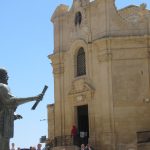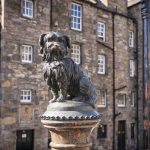Get Your Bearings



Bordeaux is the capital of the Nouvelle Aquitaine region in south-west France, with an Atlantic coastline running down to the Pyrenees and the Spanish border. It’s a largely rural area, full of rich pasture land and endless vineyards, so blessed by nature that a medieval chronicler described it thus: Opulent Aquitaine, sweet as nectar thanks to its vineyards, dotted about with forests, overflowing with fruit and vegetables of every kind, and endowed with a superabundance of pasture land.’
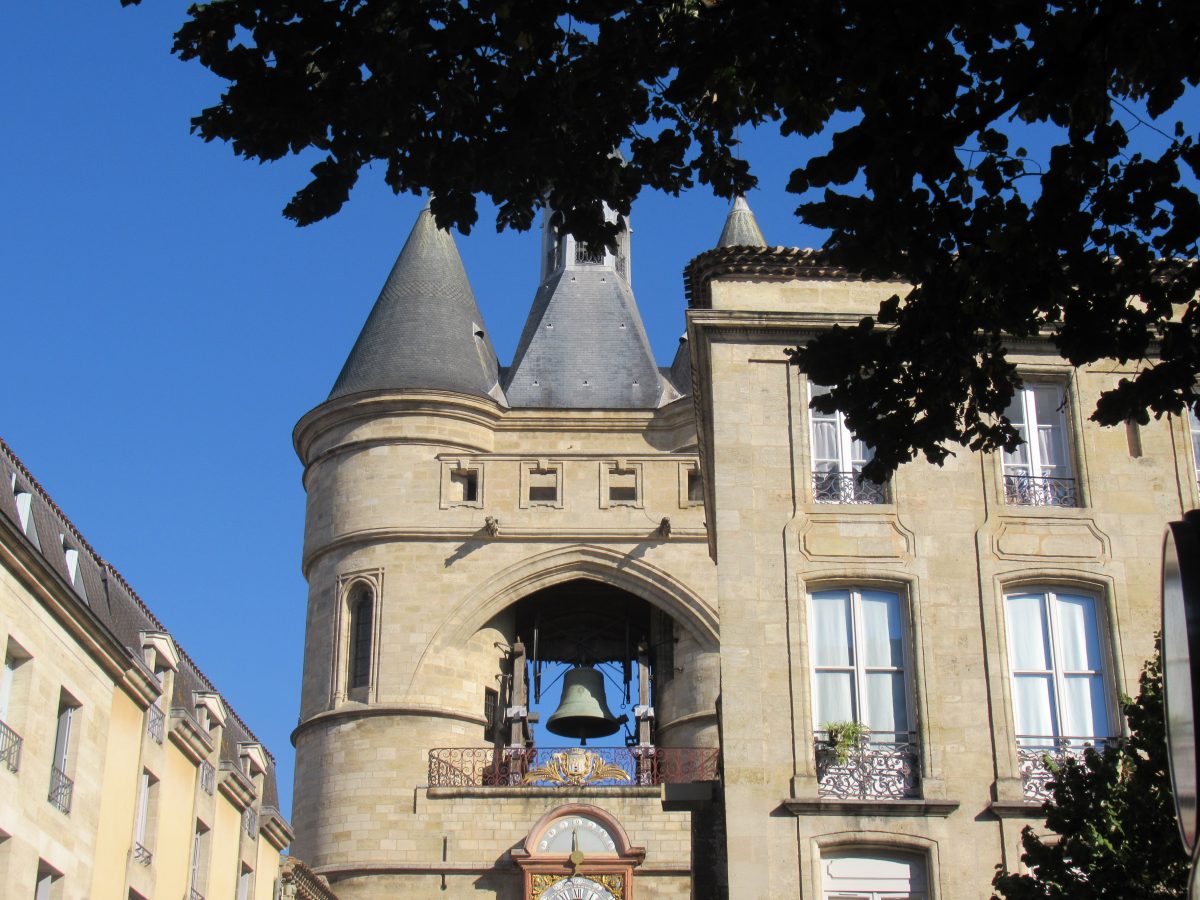

Bordeaux is known as the Port de la Lune because it sits on a moon-shaped bend in the River Garonne. The city, with nearly a million inhabitants, curves mainly down the west bank of the river, the central point being the beautiful Place de la Bourse. Behind that lies the old town, with its medieval towers like the Grosse Cloche and its gothic cathedral, Saint André.
Another focal point is the Place des Quinconces, once the site of a riverside château built to defend the city, now a vast open space often used for fairs and public events. Further north up the riverbank is the Chartrons area with its elegant riverside mansions, built on the profits of trading in earlier centuries. Beyond that is the Cité du Vin, a huge museum of wine and wine culture which opened in 2016 and is one of the city’s top visitor attractions.
History: From the romans to English rule


The Romans built an important settlement here, Burdigala, which had temples, an aqueduct and an amphitheatre whose remains, called the Palais Gallien, can be seen today. At the Musée d’Aquitaine, there are extensive displays on the Romans in Bordeaux. In the Middle Ages Christianity began to make its mark. The Emperor Charlemagne is thought to have buried many of his knights on the site of the Saint Seurin Church, and the church later built there was on the Pilgrims’ Route to Santiago de Compostela in Spain.
In 1152 Eleanor of Aquitaine married Henry, Duke of Normandy, the future Henry II of England, bringing her lands in Aquitaine as a dowry. So began nearly 300 years of English rule in the region. Henry II proved popular at first, especially as the wine trade flourished when he decreed it could be exported to England tax-free. But hostilities were common too, known collectively as the Hundred Years War, which lasted (the Maths doesn’t add up!) from 1337-1453, at which point the lands were annexed back to France and King Charles VII rode in triumph through the streets of the city.
history: trading prosperity to revolution
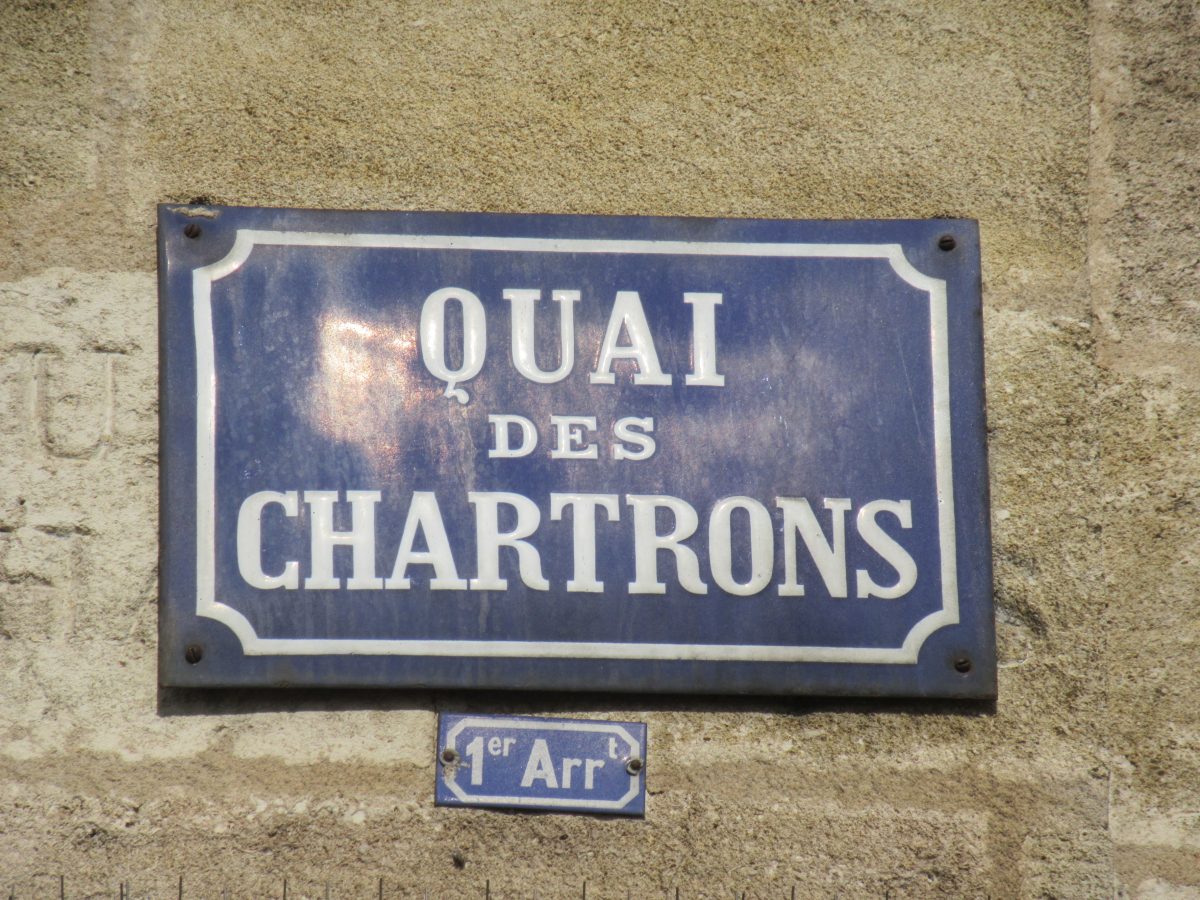

The 17th and 18th centuries were perhaps the city’s Golden Age. The port and the Quai des Chartrons district flourished, huge profits were made from international trading and much of it spent on grand buildings which can still be see today: stone mansions, the Place de la Bourse and the Grand Théâtre. Slavery played its part too and this topic is well covered in displays at the Musée d’Aquitaine. Bordeaux also played a role in the revolution of 1789. The Girondins from this area were anti-monarchists, but eventually also against the more radical Jacobins and that led to many of them being executed in the Terror which followed the revolution. There’s a monument to them on Place des Quinconces.
History: from wartime to the 21st century

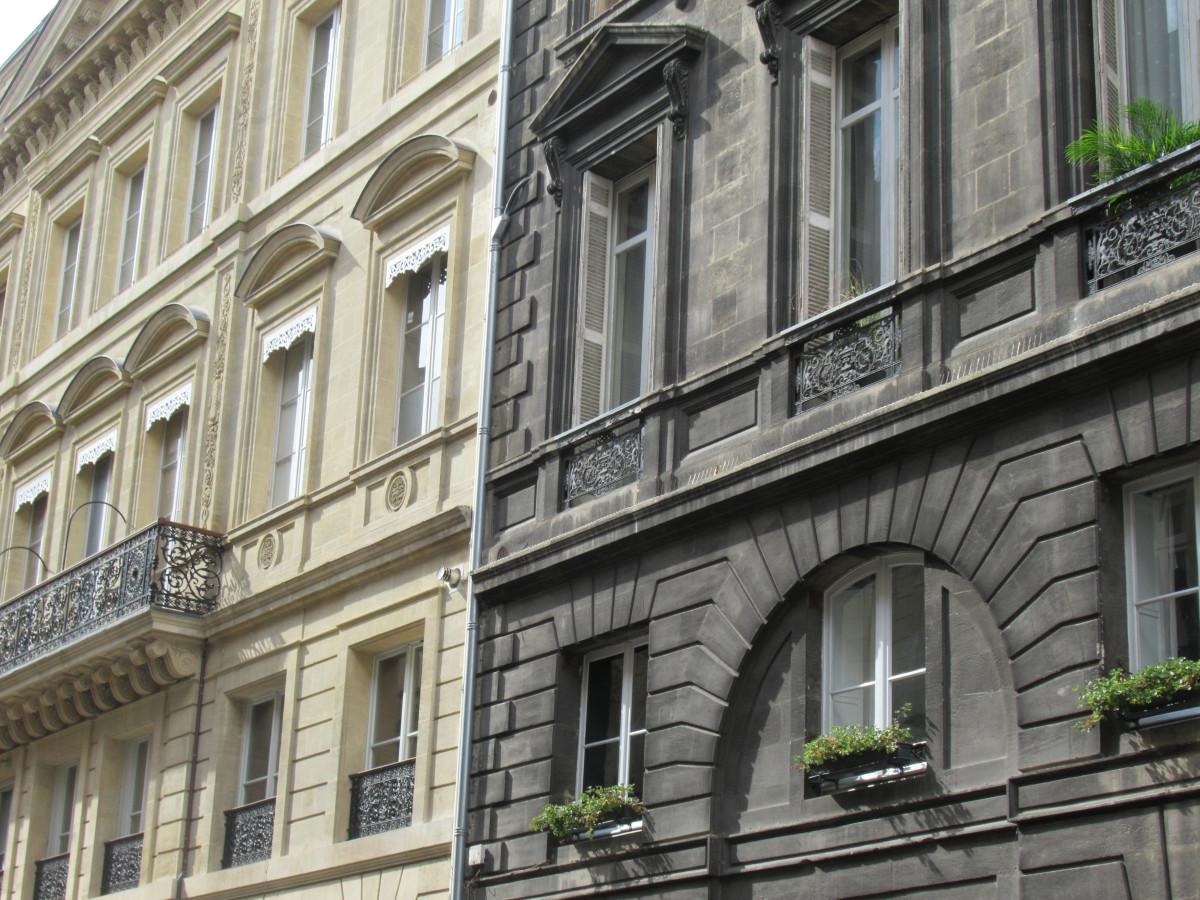
The French government has relocated to Bordeaux a number of times, most notably during World War Two. Occupied Bordeaux was full of intrigue, as the population divided into those who collaborated with the Germans, those who joined the Resistance and those who just tried to keep their heads down, not to mention the spies sent over from England. The city was liberated in August 1944 and the second half of the 20th century saw major changes, including cleaning the blackened buildings and restoring their original cream colour, extensive renovation of the riverside quais, and, since 2000, major new building projects such as the Miroir d’Eau and the Cité du Vin.
a coat of arms which says it all
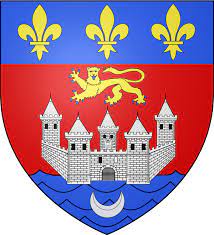
The city’s coat of arms says so much about Bordeaux. It features the Grosse Cloche, representing its medieval history, plus a river and a moon shape to portray the beautiful Garonne on which it sits. Then there is a lion as a reminder of its long period of English rule, and three fleur de lys to mark its return to French rule. The city’s motto underlines which of these is the most important: Lilia sola regunt lunam undas castra leonem, that is ‘the fleur de lys rules over the moon, the waves, the castle and the lion’ or in other words, Bordeaux has a long and chequered history but is now proud to be a loyal French city.
In the next post, we’ll be visiting Roman Bordeaux and Medieval Bordeaux, with a little history and lots of ideas for ‘finding’ both in the city today. Meanwhile, we can recommend some useful links and staple guidebooks which proved useful in our research. And, if you fancy doing some reading around Bordeaux, also some history books and novels set in the area.
Listen to the podcast
OTHER posts in the bordeaux series
A Stroll Around Central Bordeaux
Roman and Medieval Bordeaux
Bordeaux’s Riverside Heritage
Finding World War II in Bordeaux Today
Bordeaux Wine
3 Bordeaux Art Galleries
Food and Shopping in Bordeaux
St Émilion and other Day Trips from Bordeaux
Literary Bordeaux: an Anthology
links and reading
2 useful websites for tourists
Bordeaux Tourist Office
Visit Bordeaux
2 Guide Books
Lonely Planet Pocket Guide to Bordeaux
Bordeaux France by P G Preston
4 History books
Eleanor of Aquitaine by Sara Cockerill
Eleanor of Aquitaine by Alison Weir
Histoire de Bordeaux by Madeleine Lassière (in French)
Petite Histoire de Bordeaux by Marion Philip and Xavier Lacarce (in French)
True Stories and Memoirs
Game of Spies by Paddy Ashdown
The Last of the Cockleshell Heroes by William Sparks
The Billionaire’s Vinegar by Benjamin Wallace
Novels set in Bordeaux
The Summer Queen by Elizabeth Chadwick
Dark Summer in Bordeaux by Allan Massie
The Frontenac Mystery by François Mauriac
Thérèse Desqueyroux by François Mauriac
Last Updated on January 1, 2024 by Marian Jones


